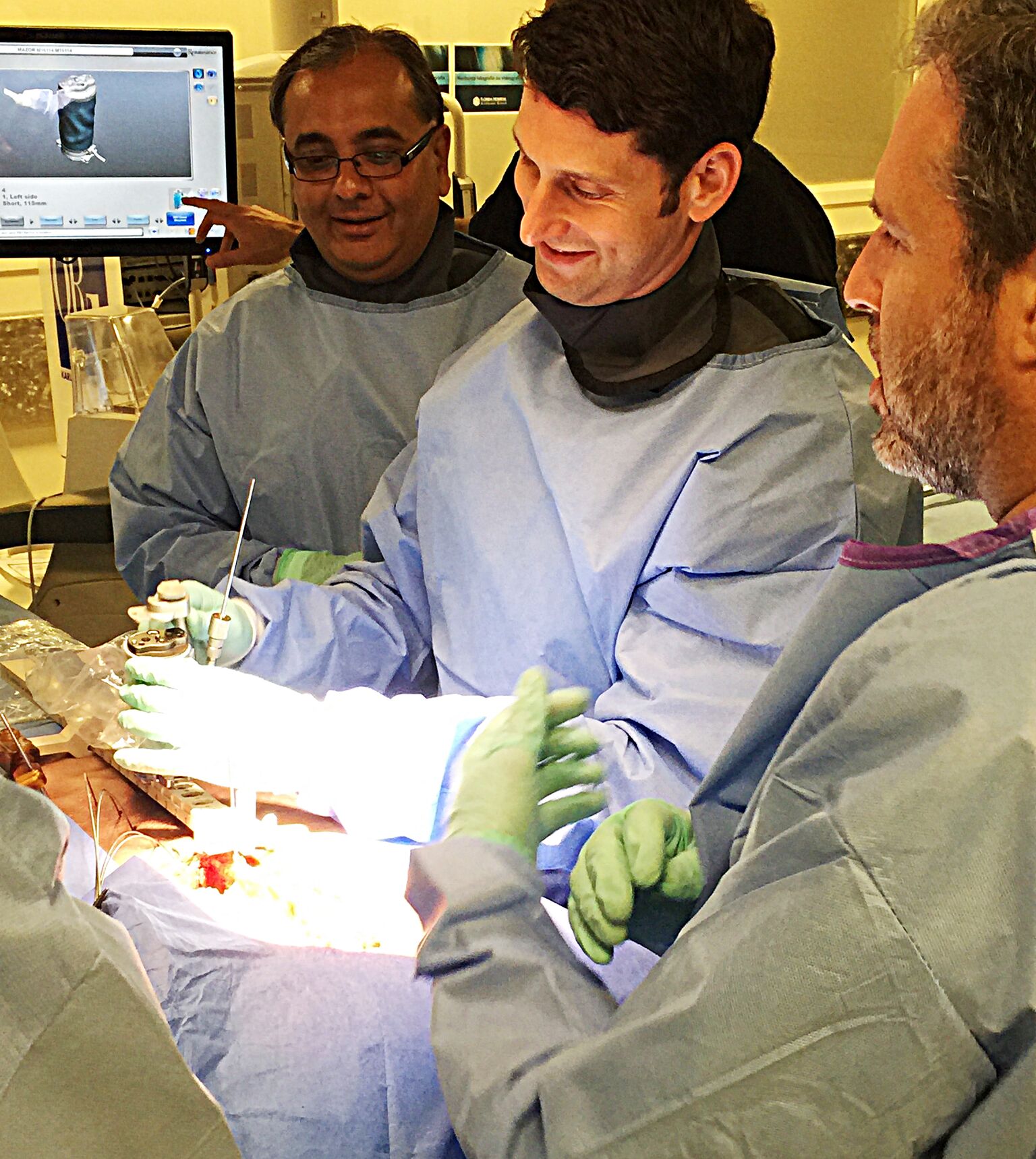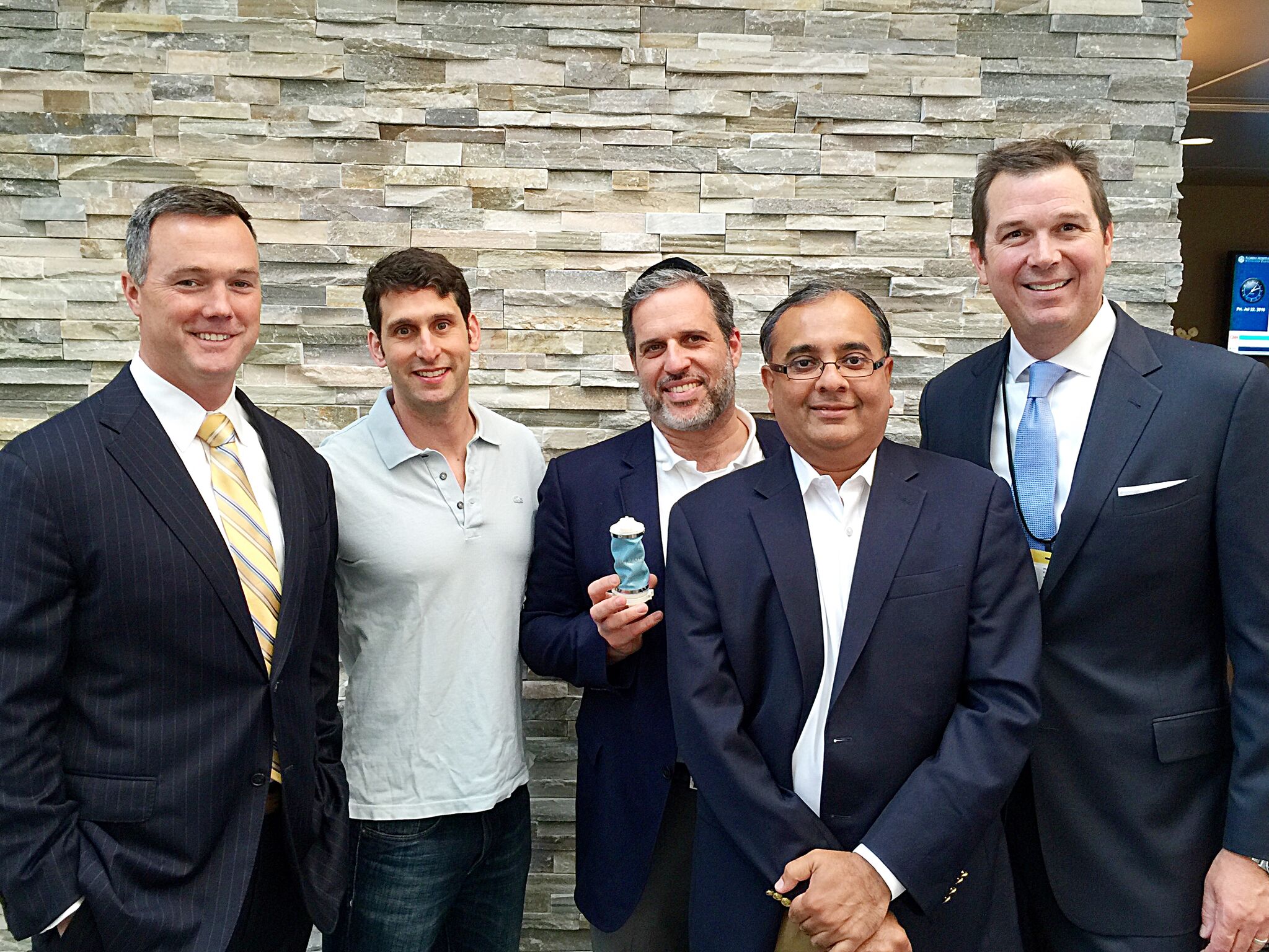
Dear Readers,

Recently, we wrote an article concerning the advancement of robotics in the State of New Jersey. Within this article we gave a broad overview in terms of its application towards spine surgery. This has generated significant interest both within our community, and beyond. It was brought to my attention that this article appearing in The Link was one of the top search engine articles appearing to random web surfers seeking information on spine surgery in New Jersey. Our commitment toward the advancement of robotics is so strong we recently completed travel with our entire spinal surgical team to Orlando, Florida. It is there that Mazor Robotics has its training ground and laboratory as well as didactic headquarters. Our experience as a group was outstanding. We collectively completed advanced training on the Renaissance as well as an introduction to the Mazor X Second Generation system.
I would like to make my position clear on this technology. This is not about Battle Star Gallactica or Star Wars–like hype; rather, this technology, in our group’s opinion, will allow an integration of the anatomic, scientific and surgical knowledge, on which we have been trained, to be applied in the platform of robotics. This should enable better surgical results, great screw accuracy and less overall use of radiation. One concern that has been voiced by surgical groups is that it will lead to the creation of lesser or less cautious surgeons. I would like to address this. The robot will never replace a human being, in the same way that a pilot who is trained on manual landing will not be replaced by the 777 Boeing landing computer platform. The pilot as well as the surgeon will always need to be engaged—the surgeon, in the placement of spinal hardware or in bone cutting onto the spine. Utilizing the robotics platform, the surgeon is forced to preoperatively plan and preoperatively coordinate in conjunction with the robot. The robot will then enable the greater screw and bone cut accuracy in the operating room.
In summation, this will make better doctors, not lesser surgeons. We are even more excited and committed toward the advancement of this technique, particularly now, after our latest excursion, and we will hopefully, in the near future, be announcing a more formal collaboration.
In the meantime, please remember, we are committed to your spinal health so do not hesitate to contact us with questions and/or concerns.
Jonathan Lewin, MD










